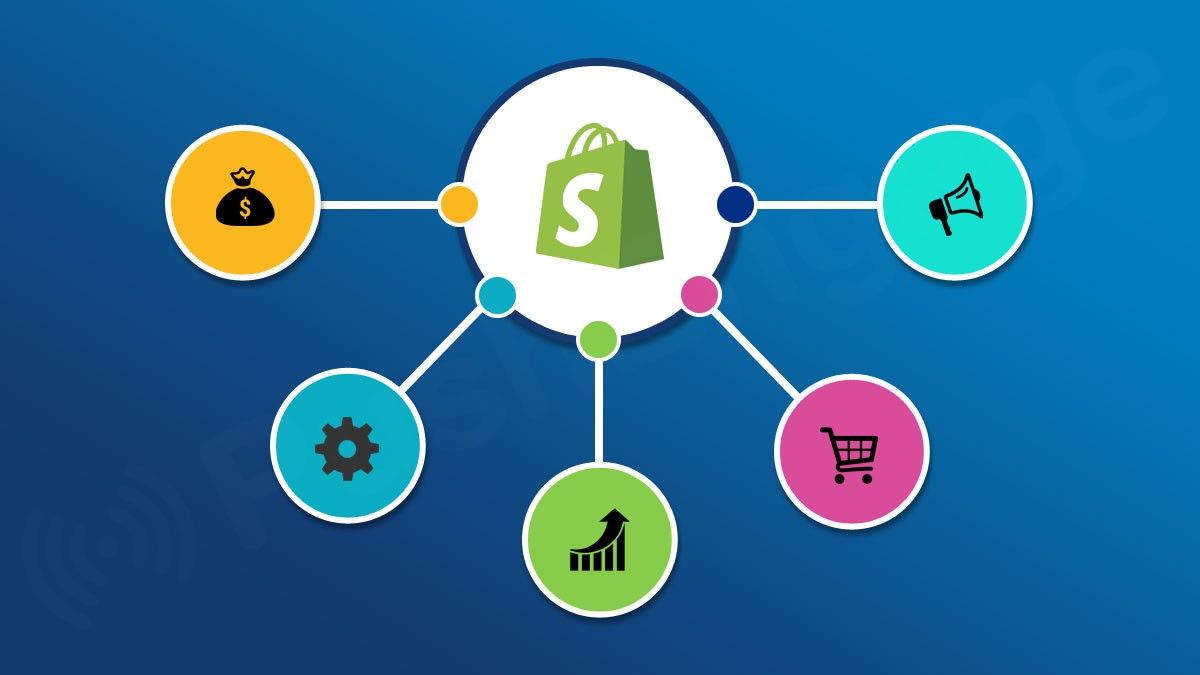1. Introduction
In the digital era, speed isn’t just a bonus feature; it’s a business necessity. Especially in B2B, where every second delay could mean a lost lead or a drop in credibility. Modern decision-makers don’t have the patience to wait for slow-loading websites.
Fast websites not only impress potential clients—they rank better on search engines, reduce bounce rates, and improve overall conversion. When your B2B web development company prioritizes speed, you’re building the foundation for scalable success.
2. The Impact of Website Speed on B2B Buyer Behavior
B2B buyers are busy professionals. They’re not browsing for fun—they’re seeking solutions. A slow website increases friction in that process. Statistics show that even a 1-second delay can reduce conversions by up to 7%.
Moreover, if your site doesn’t load quickly, visitors will assume your services are just as sluggish. In a competitive landscape, speed isn’t a nice-to-have. It’s your first impression.
3. Core Web Vitals Google’s Speed Scorecard
Google’s Core Web Vitals are now a major part of its ranking algorithm. These include metrics like Largest Contentful Paint (LCP), First Input Delay (FID), and Cumulative Layout Shift (CLS). Each tells Google how user-friendly—and fast—your site is.
Optimizing these metrics should be a key objective for any b2b web development company. Good scores mean better visibility in search, while poor scores can bury even the most valuable content.
4. Hosting & Server Strategy Your Site’s Engine Room
A site’s performance begins at the server level. Shared hosting might be affordable, but it often sacrifices speed. A reputable B2B web development company will recommend VPS or dedicated hosting for better reliability and load times.
Further enhancements like Content Delivery Networks (CDNs) and server-side caching also play a critical role. With the right infrastructure, your B2B site becomes both fast and resilient.
5. Front-End Optimization Less is More
Bloated code and excessive scripts are silent killers of performance. Optimizing CSS, JavaScript, and HTML files can significantly speed up your site. A b2b web development company should minify files, defer unused scripts, and prioritize loading essentials.
Additionally, using modern frameworks like React or Vue.js (appropriately) can drastically improve load time and user interaction without compromising functionality.
6. Image Optimization Don’t Let Graphics Drag You Down
Images are often the heaviest elements on a web page. While essential for engagement, they must be properly compressed and formatted. Tools like WebP provide high-quality visuals at a fraction of the file size.
Lazy loading and responsive design also enhance image performance. Your web development partner should incorporate these best practices into every project.
7. Mobile Optimization Speed on the Go
More B2B buyers are researching and browsing via mobile devices than ever before. A responsive, mobile-optimized site is crucial—not just in layout, but also in performance.
This means fast loading, adaptive media, and intuitive navigation. A b2b web development company should test mobile performance just as rigorously as desktop.
8. Caching Strategies Faster Load for Returning Visitors
Caching temporarily stores files so returning visitors don’t need to reload the whole site. Browser caching, page caching, and object caching all contribute to improved speed.
When configured correctly, these strategies deliver almost instant load times. Partnering with a technically advanced B2B web development company ensures you get a caching setup tailored to your audience.
9. Monitoring and Maintenance Speed is Not Set-and-Forget
Website performance needs continuous tracking. Tools like Google PageSpeed Insights, GTmetrix, and Lighthouse help monitor speed metrics over time.
Even after launch, speed optimization is ongoing. As your business scales and content grows, so should your performance strategy. A B2B web development company with ongoing support services will keep your site running at peak performance.
10. SEO and Performance A Winning Combo
Speed doesn’t just please users—it pleases search engines. Google uses page speed as a ranking factor, and faster sites typically enjoy higher visibility.
When SEO and speed go hand-in-hand, your B2B brand gets more traffic, better leads, and stronger online presence. A seasoned b2b web development company understands this synergy and builds it into every layer of your website.
Final Thoughts
In the high-stakes world of B2B, speed isn’t optional—it’s expected. A fast website keeps prospects engaged, builds trust, and boosts your business at every level.
But speed isn’t just about load times anymore. It’s also about how quickly your business adapts. That’s where AI comes in. From real-time customer support to predictive analytics and personalized content delivery, AI in business examples is setting a new standard for performance. By partnering with a skilled B2B web development company, you’re investing in both user experience and long-term growth. Combine speed with smart automation, and you’ll create a digital presence that’s not just fast—but future-proof. Speed matters—and the faster you embrace it, the quicker you’ll win,


